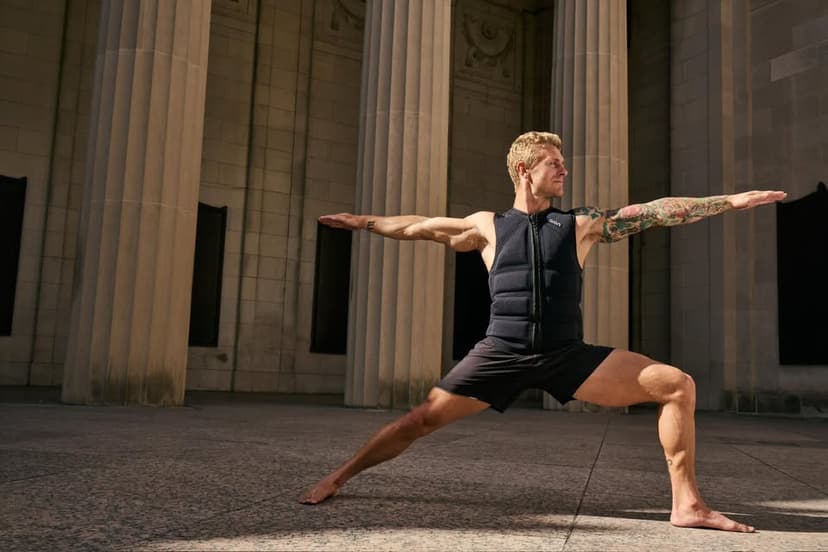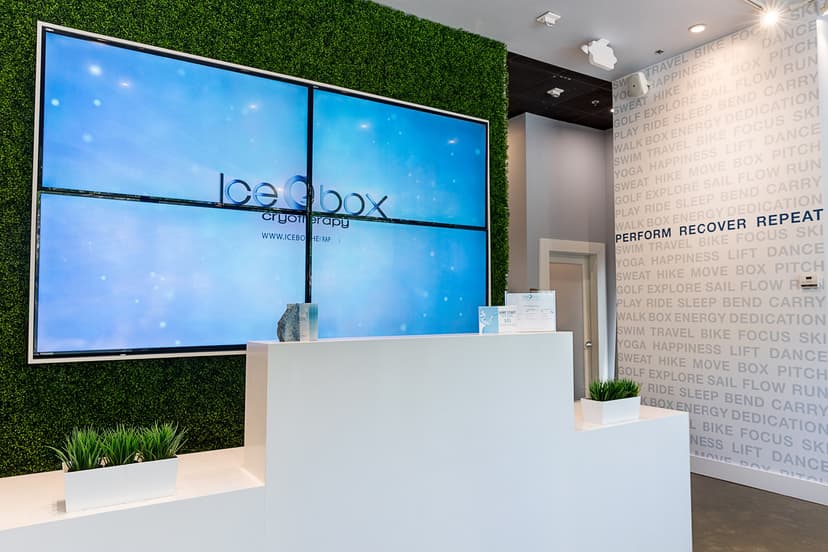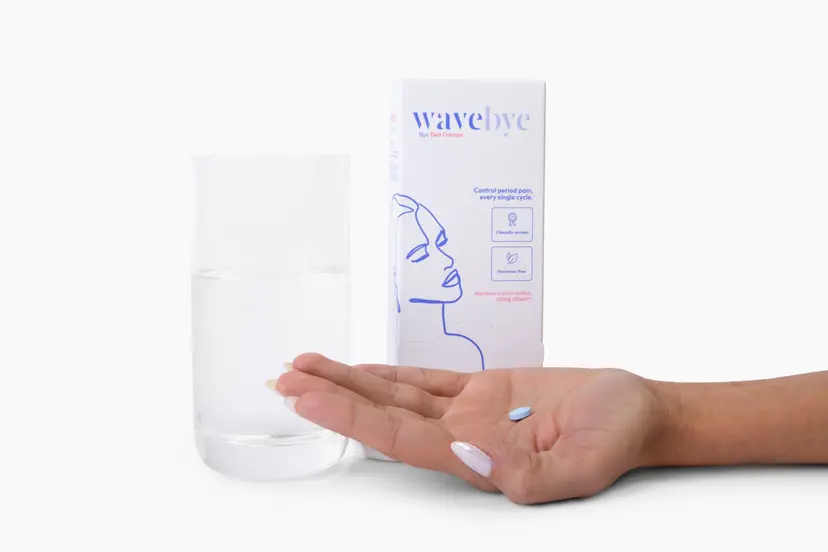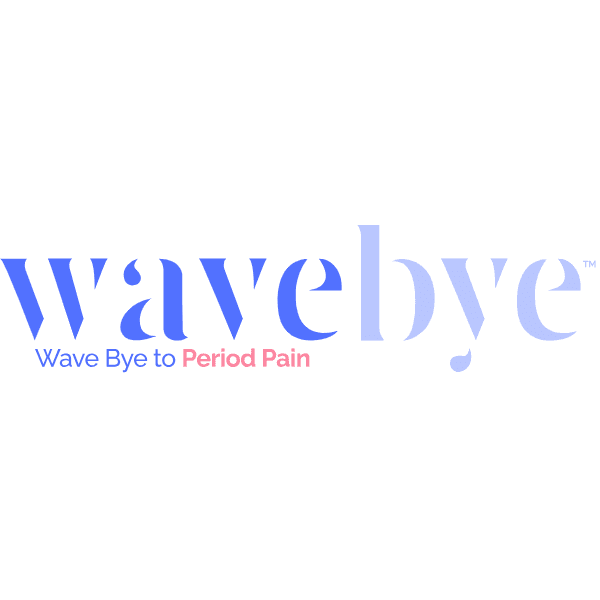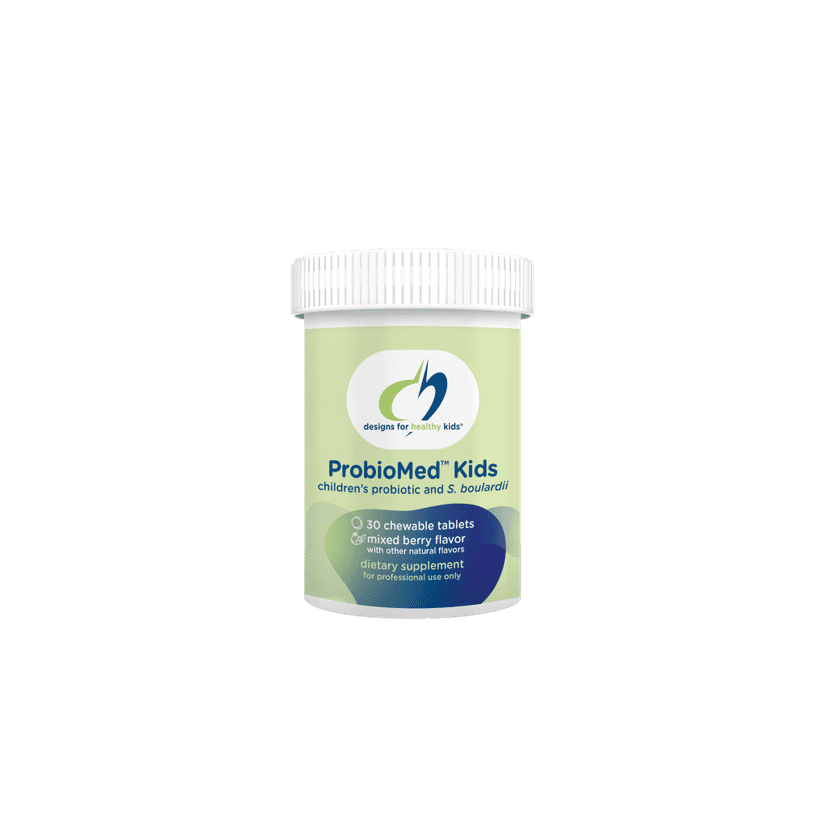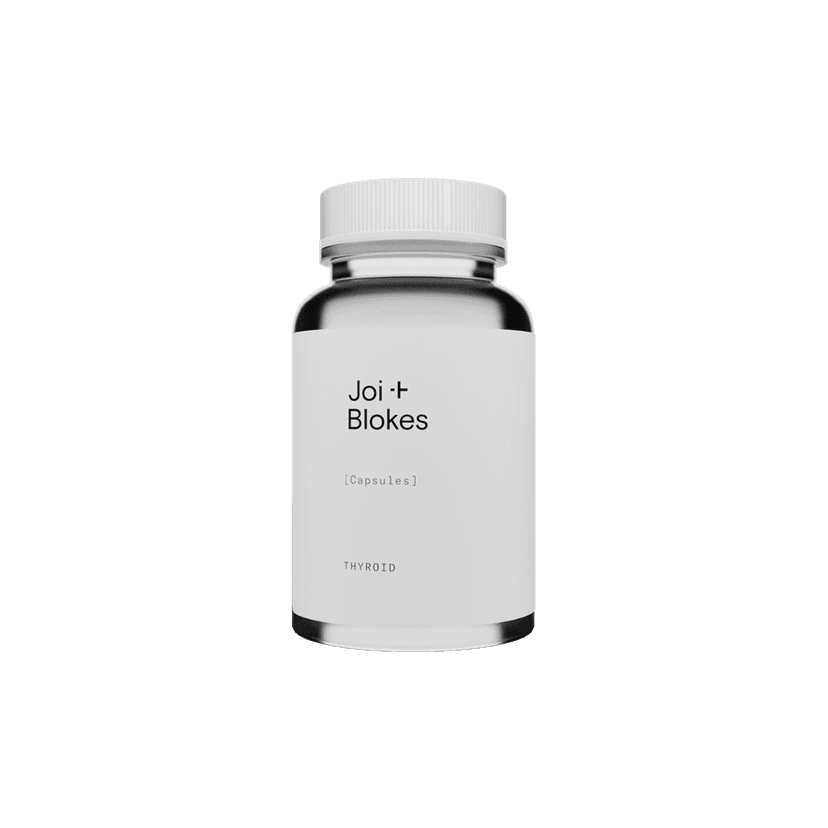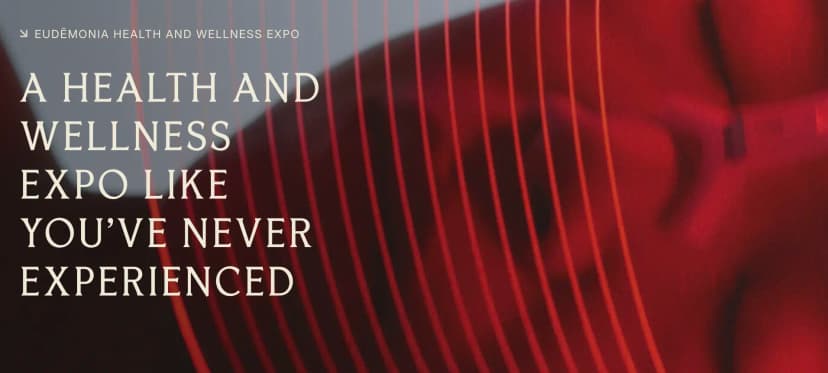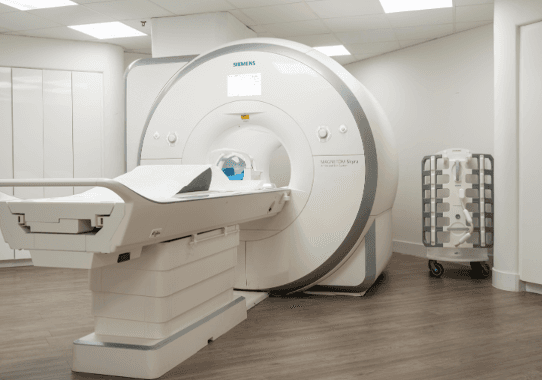Cold therapy, often known as cold water therapy, is gaining popularity for its potential health benefits. This practice involves exposing the body to cold temperatures through methods like ice baths, cryotherapy chambers, and cold showers. Athletes and wellness enthusiasts alike use cold therapy to aid in muscle recovery, reduce inflammation, and improve mental well-being. Let's explore the various advantages and techniques of this chilly treatment.
Key Takeaways
- Cold therapy can help reduce muscle soreness and inflammation, making it a popular choice among athletes.
- Using cold therapy may improve mood and reduce stress by triggering the release of endorphins.
- There are different methods of cold therapy, including ice baths, cryotherapy chambers, and cold showers.
- Scientific studies suggest that cold therapy can aid in pain relief and boost metabolism.
- It's important to follow safety guidelines and consult with a healthcare provider before starting cold therapy, especially for those with certain medical conditions.
Enhancing Athletic Performance with Cold Therapy
Reducing Muscle Soreness
Cold therapy can be a game-changer for athletes dealing with muscle soreness. By reducing the degree of exercise-induced muscle damage, it helps lessen inflammation and soreness. This means athletes can get back to their training routines faster and with less discomfort.
Decreasing Inflammation
One of the key benefits of cold therapy is its ability to decrease inflammation. When muscles are exposed to cold temperatures, blood vessels constrict, which helps reduce swelling and inflammation. This can be particularly useful after intense training sessions or competitions.
Improving Recovery Time
Cold therapy can also improve recovery time. By reducing muscle soreness and inflammation, athletes can recover more quickly and efficiently. This allows for more consistent training and better overall performance. However, it's important to use cold therapy wisely, as overuse can potentially hinder long-term muscle and strength gains.
Cold therapy is best used after particularly intense training sessions or competitions, rather than after every workout.
Mental Health Benefits of Cold Therapy
Boosting Mood
Cold therapy can help improve your mood. Exposure to cold can trigger the release of endorphins and noradrenaline in the brain. These chemicals can make you feel happier and more alert. Even a short, five-minute dip in cold water can boost feelings of alertness and reduce stress and anxiety.
Reducing Stress
Cold therapy can also help reduce stress. When you expose your body to cold temperatures, it can help you build resilience. This means you might be better able to handle other stressful situations in the future. Regularly challenging yourself with cold therapy can make you stronger mentally.
Enhancing Cognitive Function
Cold therapy might also help your brain work better. Some studies suggest that cold exposure can improve cognitive function, making you think more clearly and quickly. This can be especially helpful if you need to stay focused and alert during the day.
While cold therapy has many potential benefits, it should not replace conventional care for mood disorders. Always consult with a healthcare professional before starting any new treatment.
Cold Therapy Techniques and Methods
Ice Baths
Ice baths involve submerging your body in cold water, typically between 50-59 degrees Fahrenheit, for a short period. This method is popular among athletes for reducing muscle soreness and speeding up recovery. It is essential to limit the duration to avoid potential risks like hypothermia.
Cryotherapy Chambers
Cryotherapy chambers expose the body to extremely cold temperatures, often as low as -166 degrees Fahrenheit, for a few minutes. This technique is believed to reduce inflammation and pain. Users step into a chamber filled with cold vapor, which cools the skin and underlying tissues.
Cold Showers
Cold showers are a more accessible form of cold therapy. By lowering the water temperature below 60 degrees Fahrenheit for two to three minutes, individuals can experience benefits like improved circulation and mood enhancement. This method is convenient for daily use and can be easily incorporated into a routine.
Cold therapy methods can be tailored to fit individual needs and preferences, making it a versatile option for recovery and wellness.
Scientific Evidence Supporting Cold Therapy
Research on Inflammation Reduction
Cold therapy has been shown to help reduce inflammation. Studies indicate that applying cold to injured areas can decrease swelling and pain. This is especially useful for athletes who need to recover quickly from injuries.
Studies on Pain Relief
Research supports the idea that cold therapy can relieve pain. For example, ice baths and cold packs are often used to numb sore muscles and joints. This can be particularly beneficial for people with chronic pain conditions.
Evidence on Metabolism Boost
Some studies suggest that cold therapy might help boost metabolism. When the body is exposed to cold, it has to work harder to maintain its normal temperature, which can burn more calories. This could be a helpful addition to a weight loss plan.
While the benefits of cold therapy are promising, it's important to consult with a healthcare provider to ensure it's safe for you.
Safety Considerations and Precautions
Who Should Avoid Cold Therapy
Cold therapy isn't for everyone. People with certain health conditions should avoid it. These include:
- Open wounds or skin infections
- Serious cognitive issues
- Seizure disorders
- Severe anemia
- Substance use disorder
- Untreated high blood pressure
- Unstable angina
Proper Duration and Frequency
When starting cold therapy, it's important to know how long and how often to do it. Here are some tips:
- Start with short sessions, around 1-2 minutes.
- Gradually increase the time as your body adapts.
- Limit sessions to 10-15 minutes to avoid overexposure.
- Use cold therapy 2-3 times a week for best results.
Monitoring Body Responses
Pay attention to how your body reacts to cold therapy. If you notice any of the following, stop immediately and consult a doctor:
- Numbness or tingling
- Extreme shivering
- Dizziness or lightheadedness
- Skin turning blue or pale
Always listen to your body and never push through discomfort. Safety should be your top priority when using cold therapy.
Incorporating Cold Therapy into Your Routine
Post-Workout Recovery
Cold therapy can be a great addition to your post-workout routine. It helps reduce muscle soreness and speeds up recovery time. After a tough workout, consider taking a cold shower or an ice bath to help your muscles recover faster.
Daily Wellness Practices
Incorporating cold therapy into your daily routine can boost your overall wellness. Cold showers, for example, can be a quick and easy way to start your day feeling refreshed and energized. You can also use localized ice application to treat any minor injuries or sore spots.
Combining with Other Therapies
Cold therapy can be combined with other recovery methods for even better results. For instance, you can alternate between hot and cold treatments to improve blood flow and reduce inflammation. This combination can be particularly effective for managing chronic pain or recovering from intense physical activity.
Remember, it's important to listen to your body and adjust the duration and frequency of cold therapy based on your individual needs and responses.
Conclusion
Cold therapy offers a range of benefits for both recovery and overall wellness. From helping muscles recover faster after exercise to potentially boosting mood and cognitive function, the advantages are compelling. While more research is needed to fully understand all the benefits, many people find that incorporating cold therapy into their routine helps them feel better and recover quicker. Whether you're an athlete looking to reduce soreness or someone seeking to improve your mental well-being, cold therapy might be worth a try. Always consult with a healthcare professional to ensure it's a good fit for you.
Frequently Asked Questions
What is cold therapy?
Cold therapy, also called cryotherapy, involves using cold temperatures to treat various health conditions. This can include ice baths, cold showers, or cryotherapy chambers.
How does cold therapy help with muscle soreness?
Cold therapy can reduce muscle soreness by decreasing inflammation and numbing the affected area. This helps to speed up recovery after intense exercise.
Can cold therapy improve my mood?
Yes, cold therapy can boost your mood. The cold exposure triggers the release of endorphins, which are chemicals in your brain that make you feel good.
Is cold therapy safe for everyone?
No, cold therapy is not safe for everyone. People with certain medical conditions, such as heart problems or poor circulation, should avoid it. Always consult with a healthcare professional before starting cold therapy.
How often should I do cold therapy?
The frequency of cold therapy depends on your goals and how your body responds. Generally, it is safe to start with a few sessions per week and adjust as needed.
Can cold therapy help with weight loss?
There is some evidence that cold therapy can boost metabolism, which might help with weight loss. However, it should not be the only method used for weight management.
